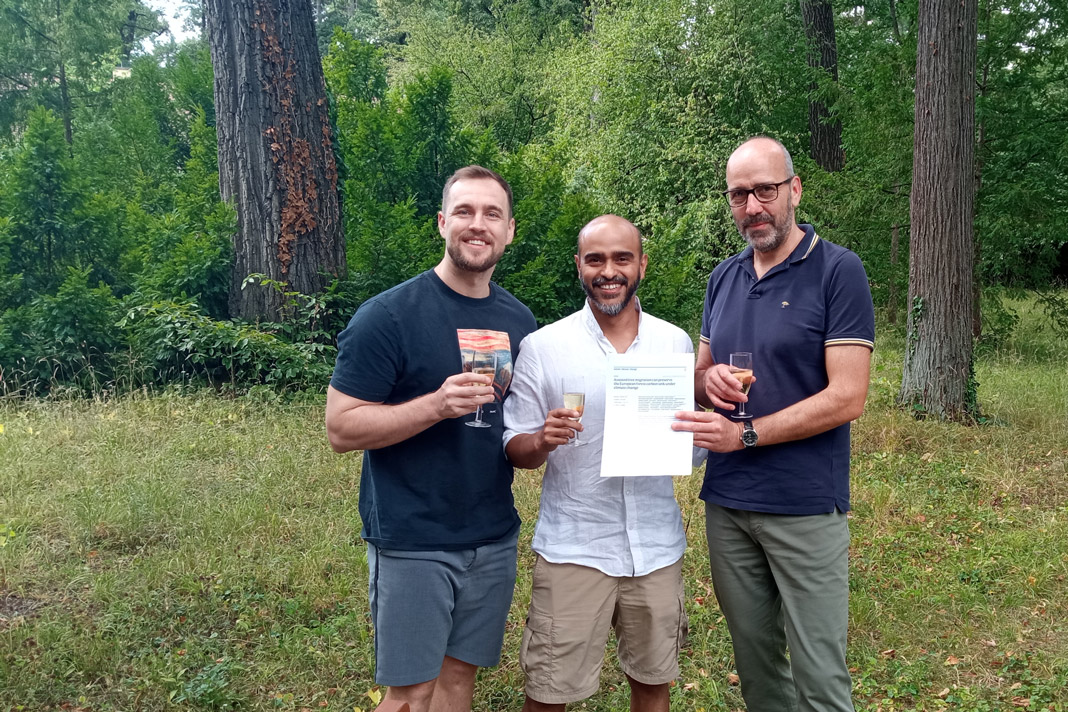OptFORESTS new network of multi-species common gardens: in the search of unique tree lineages
OptFORESTS is a new Horizon Europe project in the field of forest genetic resources. One of its objectives is to establish a new network of common gardens that will support future research in forest tree adaptation to climate in the presence of other species. The common gardens are designed to study not only tree interactions but also the performance of unique tree lineages that have never been tested in comparative experiments before.
INRAE, as part of the effort to include unique tree lineages in the common gardens, sampled the maritime pine population of Les Corbières, near Narbonne (France), a recently declared Genetic Conservation Unit (EUFGIS code FRA00105). This population is unique in that it has been characterised (using genomic markers) as genetically connected to the Atlantic French gene pool, known for its fast growth but low adaptation to fire (e.g., low levels of serotinous cones). The Atlantic provenances of maritime pine are the base of commercial plantations in southwestern France and northern Spain, making an important source of revenues and employment in these regions. Les Corbières uniqueness resides in presenting a fully Mediterranean phenotype, shaped by adaptation to recurrent forest fires (e.g., early reproduction and a large amount of serotinous cones), while still being part of the Atlantic gene pool.
As forest owners and managers in the Atlantic regions of Europe worry about the increased occurrence of fires due to drier summers, Les Corbières population could provide desirable fire adaptations while keeping an overall Atlantic genomic background. This unique lineage, as well as others for main species of pines, firs, larch, maple, linden, oaks, chestnut, cherry and beech, will be tested during and beyond the duration of OptFORESTS project.
This article was originally written by Santiago C. González-Martínez and Annie Raffin (INRAE, Bordeaux, France)







